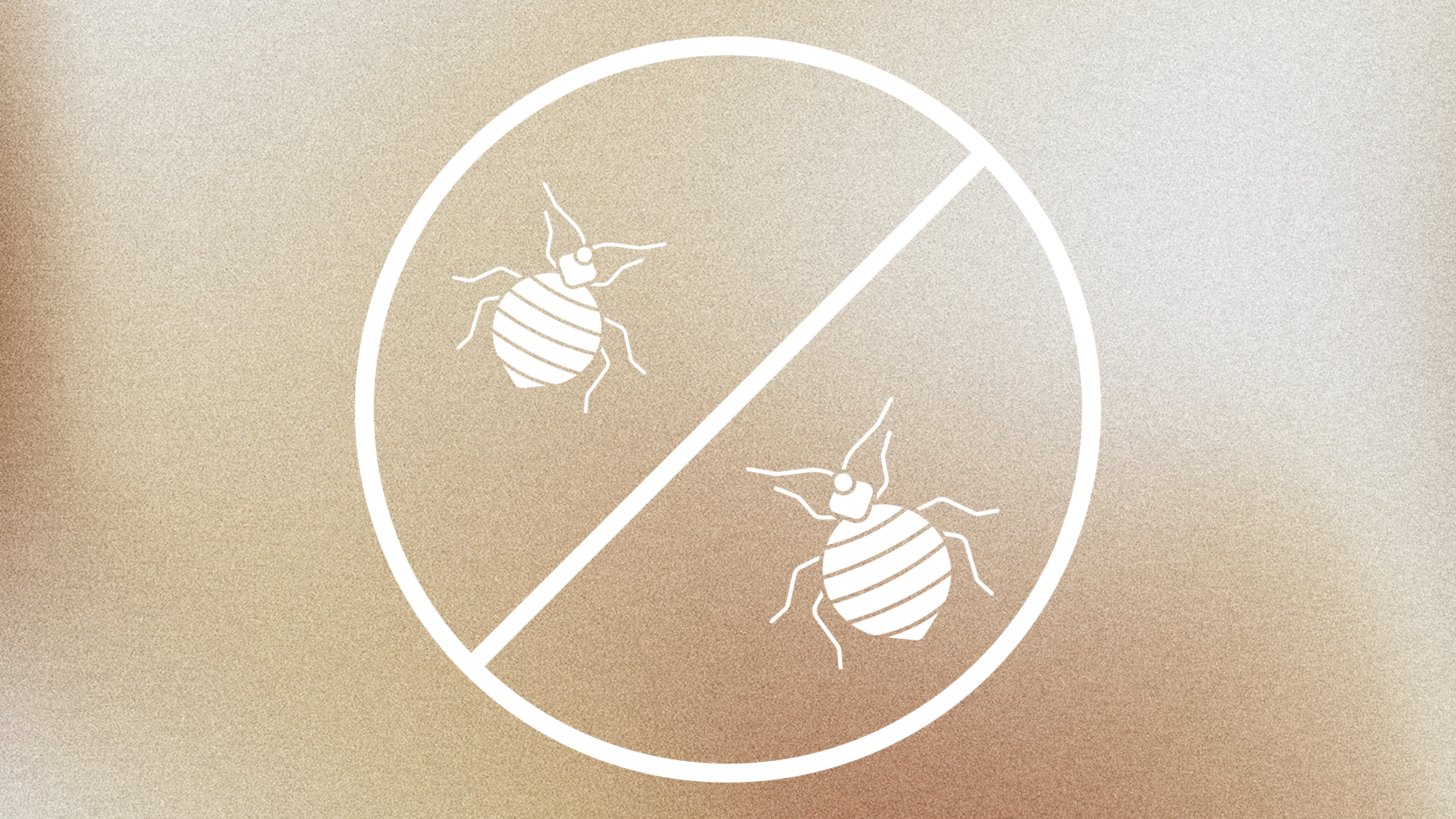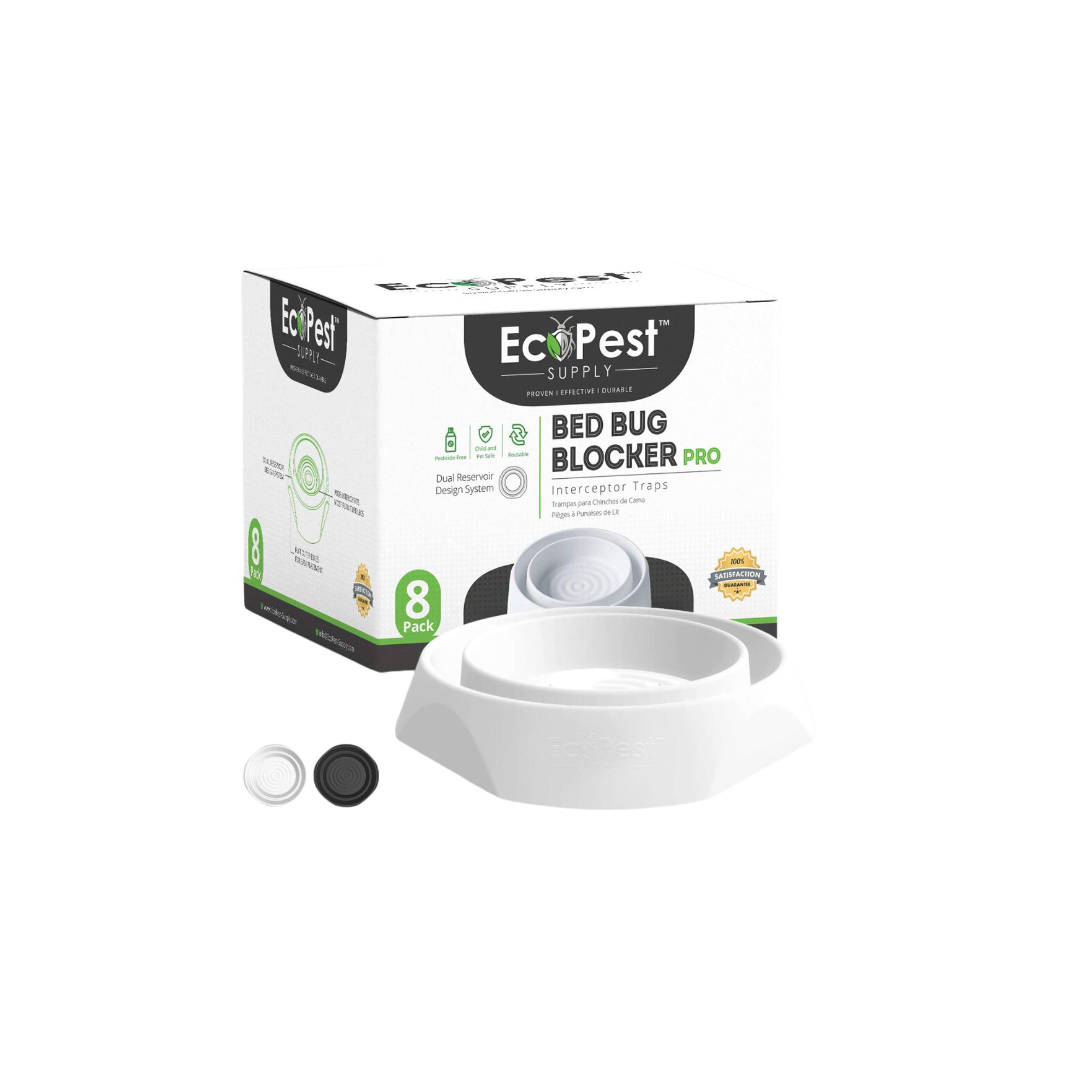

While we'd rather not broach the topic of how to prevent bed bugs, it appears the conversation is necessary. In the midst of Paris Fashion Week, the City of Lights has undergone a massive infestation. (But no reports on who the bugs were wearing as of yet.)
As influencers and Hollywood's elite descended upon the French capital, the creepy crawlers also decided to come out from hiding, much to our chagrin. And now that travelers are packing up and returning home, we're a bit apprehensive that the hitch-hiking insects will want to take a little vacation of their own, considering they've crossed Paris Fashion Week off of their bucket list.
We've learned how to get rid of bed bugs as quickly as possible, should the issue arise, but how do we prevent them from making their way into our abodes in the first place? We'll tell you how.
Should other multi-legged creatures also give you the creeps, here's how to identify bugs in your home.
How to prevent bed bugs
Now's the time to keep your eyes peeled, folks.
"Preventing bed bugs involves a combination of vigilance and proactive measures," says Ian Budd, prescribing pharmacist at Chemist4U and Clinical Lead for MyBmi. "Effective prevention hinges on early detection and regular maintenance to avoid costly and disruptive infestations."
1. Know what to look out for — and where
Though "bed" is in their name, these pests are certainly willing to make their way to other areas of your home, provided there's a food source. They give mattresses preferential treatment, but it's not uncommon to find them lurking in cushions and in the seams of chairs. More unusual hiding places include under loose wallpaper and in electrical receptacles, according to the United States Environmental Protection Agency (EPA).
If you start to get rashes on your body, akin to mosquito bites, that's a red flag. Other signs to look out for include drops of dried-up blood (their go-to food), small brown dots (their excrement), eggs, and of course, the amber-colored critters themselves. Just thinking about it all gives us the ick!
"Start by regularly inspecting your living space for any signs of bed bugs, such as small reddish-brown insects, tiny white eggs, or dark fecal spots on bedding and furniture," Budd says.
(Psst: experts warn that your bedroom temperature could attract bedbugs. Here's how you should be adjusting the thermostat.)
2. Inspect when traveling
Needless to say, we're going to have to be extra alert when vacationing. It's necessary to give beds, headboards, luggage racks, closets, and dresser drawers in hotels a once-over before getting comfy. Upon arrival back home, you're probably going to want to inspect the suitcase before actually bringing it into your apartment, and if you could possibly head directly to the laundromat for a cleaning session, you might be better off. Once all is said and done, be sure to keep the suitcase or weekend bag you traveled with away from your bedroom — particularly the bed, the EPA suggests. As well as your travel plugs, you might also want to take this portable black light torch from Amazon in your carry-on bag.
For some of us, we don't need to venture terribly far to come in close quarters with these babies. When you're on public transportation, be mindful of where you are keeping your bags and accessories. If there are cushioned seats on the bus or train, you might want to consider standing for the duration of your trip, as these bugs have a tendency to make themselves right at home in fabric.
3. Be cautious when thrifting
If you've been relentlessly following these beloved ThriftTok accounts, you're not alone. But as any professional knows, all second-hand buys are worth a thorough inspection. If you happen to see any evidence on that shelf you're eyeing or the vintage curtains — dried blood, fecal matter, eggs — put the item in question down and venture elsewhere for your shopping needs.
4. Do laundry often
We know it's a chore, but it's important to do laundry frequently and thoroughly.
"Regularly launder and dry bedding, curtains, and clothing on high heat be cautious when using shared laundry facilities or bringing in used items," Budd says.
The EPA recommends being especially mindful of the garments that make their way on the floor and the hampers where you're storing everything, as they often go unnoticed.
Investing in a good laundry basket will discourage the use of the "floordrobe". Premium wooden hangers (available at Amazon) are also a personal favorite of mine.
5. Use the right equipment
There are a few preventative purchases you can make to ensure that your sleep sanctuary stays pest-free. And of course, you'll want to invest in a powerful handheld vacuum and the best mattress protector you can afford.
"If bed bugs are in your mattress, using special bed bug covers (encasements) on your mattress and box springs makes it harder for bed bugs to get to you while you sleep," Budd says. "Leave the encasements on for a year."

Price: From $26.79
Sizes: Twin / Twin XL / Queen / King / California King

Price: $27.99 (Set of 8)
Size (in.): H6.1 x W6.1 x L6.7

Price: $499
Size (in.): H44 x W8.8 x L10.3
6. Get rid of clutter
Now's the time to keep that vacuum handy, dear readers. While messes don't necessarily attract bed bugs, a bit of cluttered confusion in your home could give these suckers decent hiding places. And they're probably banking on the fact that you're preoccupied, so they'll take their sweet time settling in. Our 5-step guide on decluttering your home will take away the stress and general sense of overwhelmingness.
7. Keep calm
Obviously, we wouldn't blame you if you were freaking out over these unwelcome house guests. But before you start to make moves without thinking, take a step back. Most of your goods will be salvageable with a thorough clean. Plus, carelessly tossing away items that could potentially be affected could spread the bed bugs, and we *definitely* don't want that.
Meet the expert
FAQs
What surfaces do bed bugs avoid?
Bed bugs particularly despise smooth, plastic surfaces, making the material a safe space for those avoiding the insects. Per nyc.gov, they're likely to avoid rigid surfaces because their climbing capabilities aren't strong.
Can a messy room cause bed bugs?
Messy rooms won't magically bring in bed bugs, but when surfaces are messier and there are soft fabrics lying about, it's easier for a bed bug to make its way in and invite friends. They're a traveling type of bug, and you're likely to pick one up than manifest 'em with your mess.
Not entirely grossed out yet? That makes one of us! Here's how to get rid of pests in a dorm. No thank you, guys!
Join our newsletter
Get small space home decor ideas, celeb inspiration, DIY tips and more, straight to your inbox!

Pleasure to meet you! I'm Danielle, a content editor at Real Homes who loves scoping out interior trends. I've specialized in lifestyle writing and editing for 10 years with a focus on events, food, and books, among other areas. When I'm not working, I'm usually cooking, reading, or searching for a new project for my apartment.